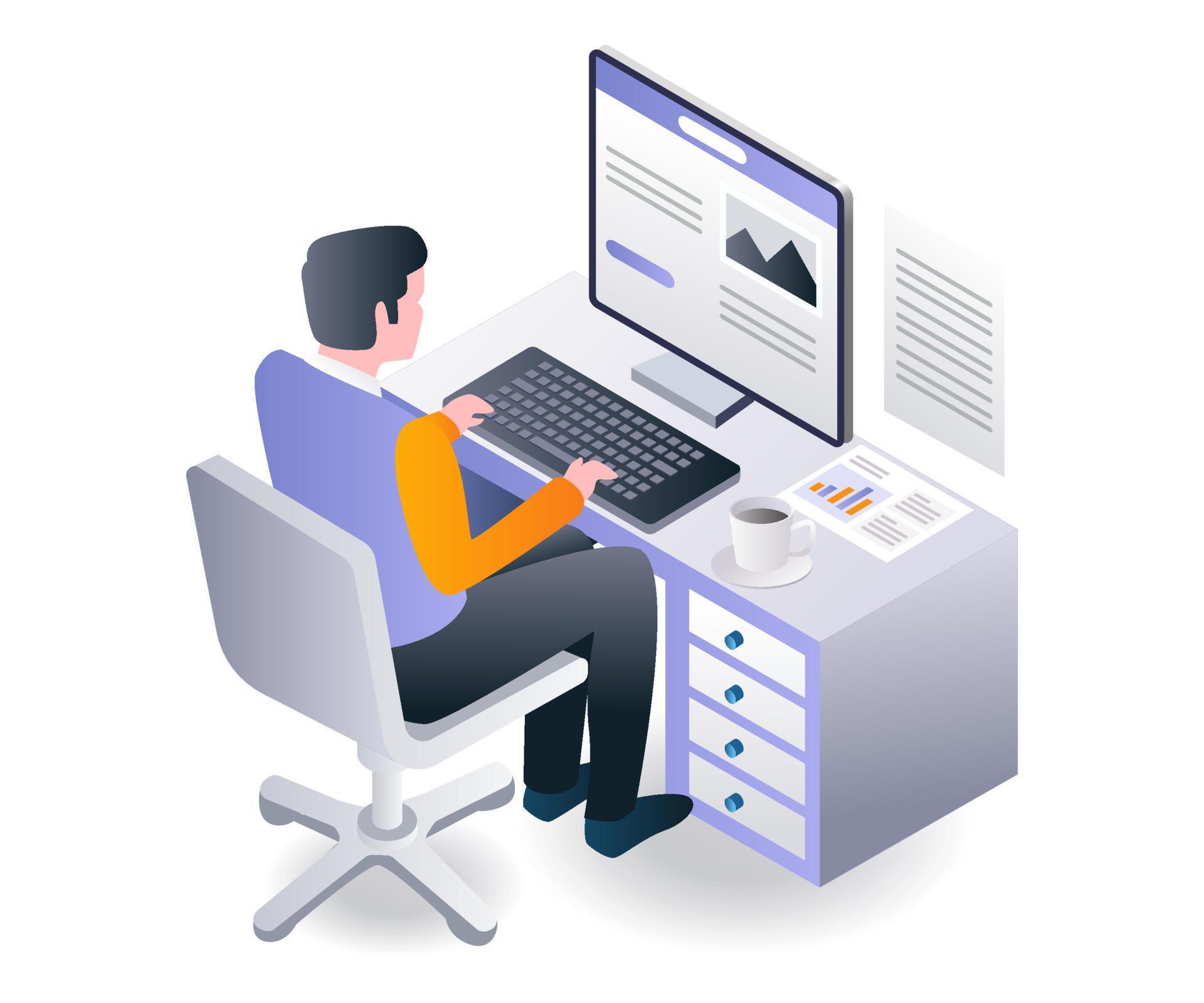Introduction
In today’s ever-evolving digital landscape, mobile devices have become the go-to gateway for user engagement. Whether it’s banking, shopping, socializing, or working remotely, users rely on mobile apps for convenience and speed. As a result, developing software for mobile devices is no longer a luxury it’s a necessity. Businesses that fail to invest in mobile development risk falling behind their competition, missing out on potential revenue, and losing customer trust.
However, building a successful mobile app goes beyond writing code. It involves a structured, user-centric, and efficient development process. From identifying your target audience to ensuring robust performance, every step matters. In this article, we’ll walk you through the most effective strategies for developing software that delivers tangible results.
- Define the Objective from Day One
Before jumping into any design or coding tasks, you must define your app’s purpose. Why are you building this app? What specific problem does it solve for users? If you can’t answer these questions, your software will lack direction.
Clear objectives not only guide development but also influence feature prioritization, design decisions, and marketing efforts. Therefore, during the early stages of developing software, work closely with stakeholders, conduct surveys, and create user personas. These steps ensure that your mobile app serves a real purpose from day one.
- Choose the Right Development Approach
Now that your objective is clear, it’s time to select the right development strategy. Will you go for native development, cross-platform, or hybrid?
- Native Development (e.g., Swift for iOS, Kotlin for Android): Offers superior performance but requires separate codebases.
- Cross-Platform Development (e.g., Flutter, React Native): Speeds up deployment and reduces costs by using a single codebase.
- Hybrid Development: Combines elements of both but may compromise speed and fluidity.
When developing software for mobile users, your choice must balance performance, cost, and scalability.
- Craft an Intuitive UX/UI Design
The success of your app often depends on how easily users can interact with it. A visually attractive app that’s hard to navigate will frustrate users and drive them away. Conversely, even a simple app can be a hit if it’s intuitive.
Start with wireframes and prototypes. Then, conduct usability testing before finalizing the design. Pay attention to:
- Navigation flow
- Font size and readability
- Touch target sizes
- Color contrast and accessibility
Moreover, optimize for thumb usage most users operate their phones with one hand. Always remember, when developing software, design isn’t just about aesthetics it’s about usability.
- Focus on Performance Optimization Early
Mobile users are unforgiving when it comes to performance. If your app lags, crashes, or loads slowly, it will be uninstalled within minutes. That’s why performance optimization should begin at the development stage, not afterward.
To ensure high performance:
- Compress images and files
- Avoid excessive background processes
- Minimize HTTP requests
- Use lazy loading where possible
- Test on low-end devices
While developing software, proactively building performance into the app architecture saves significant time and money down the line.
- Conduct Thorough Testing on Real Devices
Testing is not optional; it’s critical. While emulators and simulators are helpful, real devices offer a truer sense of how your app performs.
Here are types of tests you should conduct:
- Functional Testing: Does the app do what it’s supposed to?
- Usability Testing: Is the app user-friendly?
- Performance Testing: Does it lag or crash?
- Compatibility Testing: Does it work across devices and screen sizes?
- Security Testing: Can it withstand data breaches or attacks?
Incorporating automated testing frameworks like Appium or Espresso can improve coverage and consistency. However, never rely solely on automation. Manual testing still reveals real-world issues that bots can miss.
- Prioritize Security Features
With cyber threats on the rise, mobile security must be at the forefront of your strategy. Users need assurance that their personal and financial data is protected.
During the process of developing software, integrate:
- Two-factor authentication
- Data encryption
- Secure API endpoints
- GDPR compliance mechanisms
- Session timeout settings
Security isn’t just about reputation it’s about legal liability. So be proactive.
- Enable Analytics and Monitoring
To improve your app continuously, you need insights into how users interact with it. This means embedding analytics tools like Google Firebase or Mixpanel from the beginning.
Track metrics such as:
- Daily active users (DAUs)
- Retention rates
- Session lengths
- Feature engagement
- Drop-off points
Using this data, you can make smarter decisions for future updates. While developing software, building analytics capabilities into the framework ensures long-term scalability and informed growth.
- Plan for Regular Updates and Support
Your work doesn’t end when the app is published. Mobile platforms evolve constantly, and user expectations grow higher with each update.
Therefore:
- Schedule monthly reviews
- Monitor user feedback and bug reports
- Add new features based on demand
- Patch vulnerabilities swiftly
- Update third-party SDKs and dependencies
By committing to post-launch support, you increase user loyalty and extend the lifespan of your application.
Conclusion
Developing software for mobile devices requires much more than technical expertise. It demands strategic planning, design thinking, security awareness, and a commitment to continuous improvement. Whether you’re building a startup MVP or scaling an enterprise-grade app, following these best practices ensures your software performs well, serves users effectively, and stands out in a crowded marketplace.
So, instead of rushing through development, take the time to plan, test, and refine. The investment you make today determines the success you’ll achieve tomorrow.
